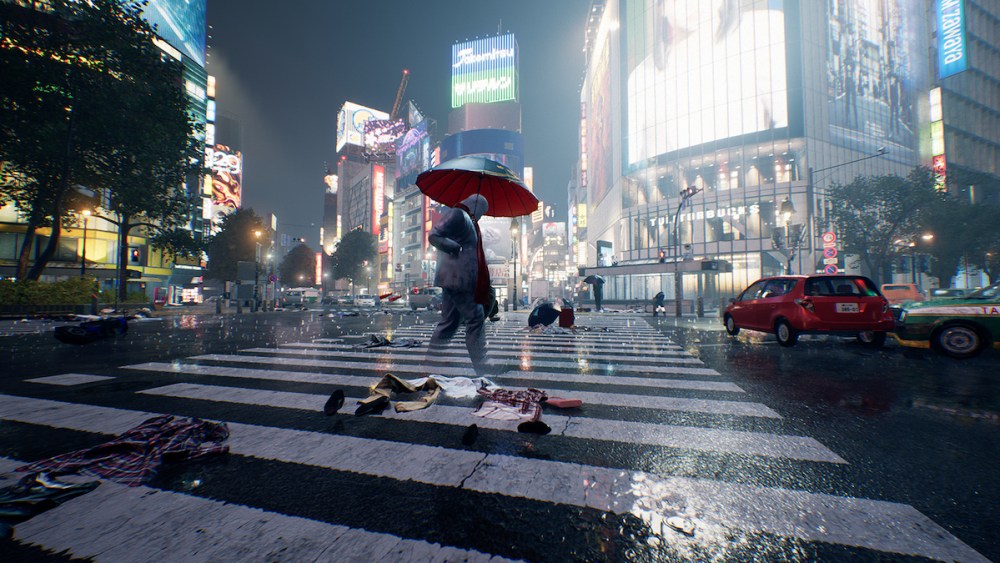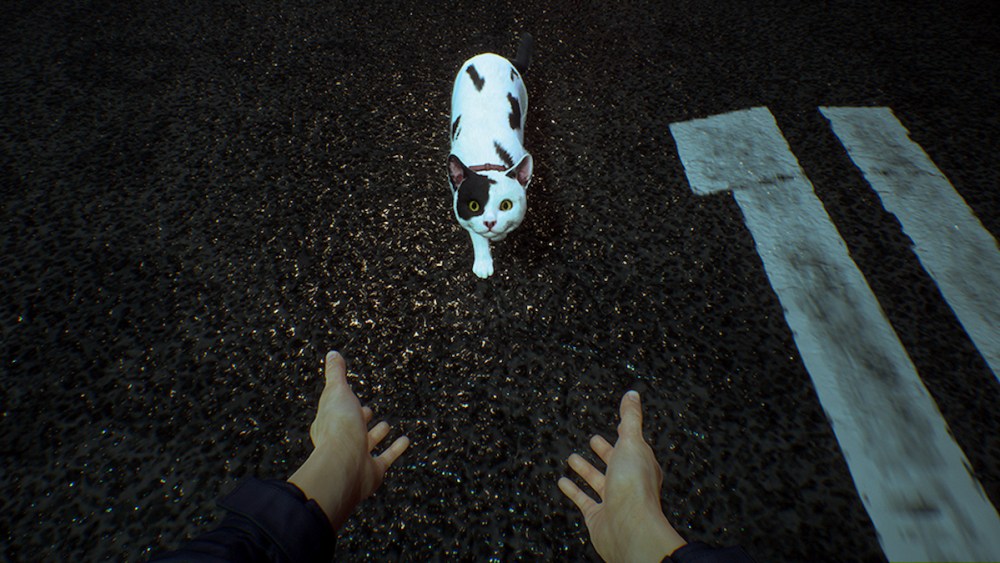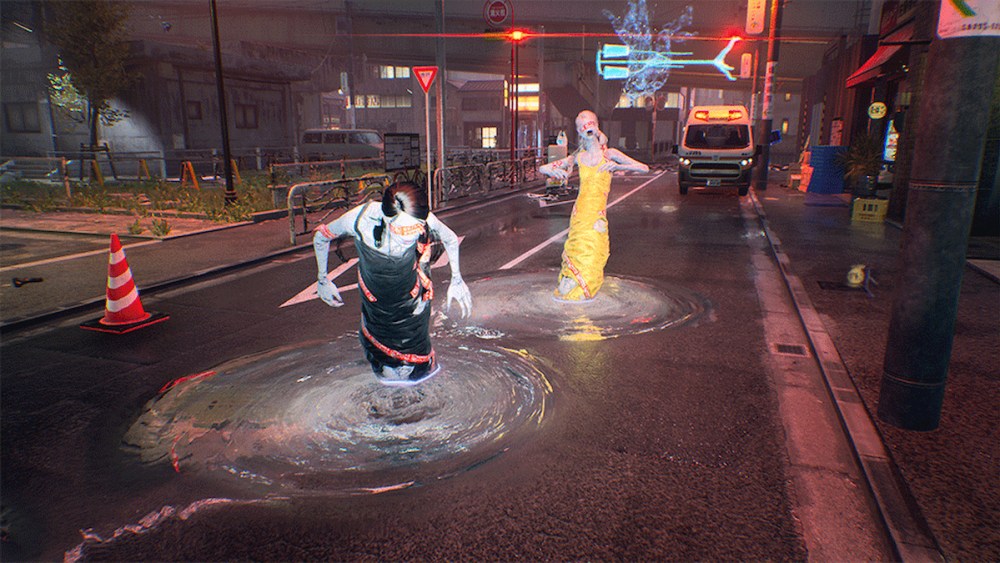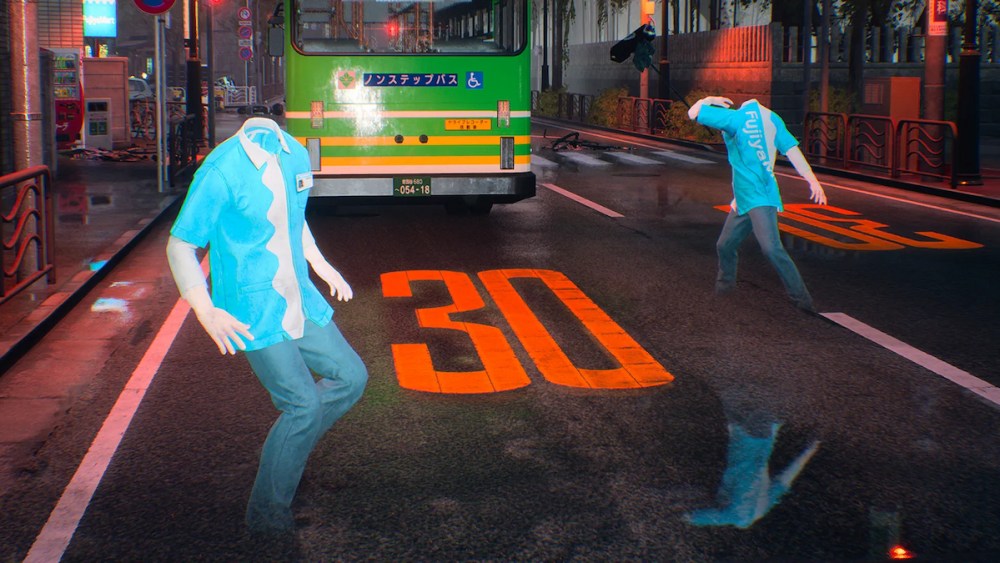For Xbox owners, the wait is finally over to play Tango Gameworks’ 2022 release, Ghostwire: Tokyo. This release comes alongside the game’s newest update, the Spider’s Thread, which I was super excited to try out.
As something of a Game Pass subscriber myself, Ghostwire: Tokyo’s release on Xbox serves as the perfect opportunity give it a go. It’s hard to shell out that $60 or $70 dollars on a game before trying it out, so it being included in a subscription I’ve already got is a huge plus. Plus, quick resume on my Series S makes jumping in and out of the game a breeze, which might come in handy for a game as open and diverse as Ghostwire.

From what I’ve gotten to play in the time since the game’s release on Game Pass, I really enjoy Ghostwire: Tokyo. It’s a fun take on the first-person shooter, while staying modern with the layout of the open world and map, and keeping to the trend of having a sentient sidekick. The combat is interesting — admittedly the grinding does get old after a time — but the map is so large and interesting to explore, combat doesn’t have to be the sole focus.
As a new player, I actually found myself almost overwhelmed with everything there was to experience in the city. The Spider’s Thread update brings a new area to explore, as well as a few new side missions, and even just trying to find the new Middle School on the map is a challenge because of all the different missions and collectibles there already are. This content is more for someone who loved the game and wants 100 percent completion, but there was so much to do before the update that much of the new content falls between the cracks for me.
I didn’t get a chance to play Ghostwire on PlayStation, and my PC most likely wouldn’t do it much justice, so I’m playing this for the first time on Xbox. While I am enjoying the atmosphere and overall lore of the game, I do wonder just how different it feels on another system. Even with some fiddling in the controls, the combat doesn’t seem as smooth as it looked from what I’ve seen.

While playing Ghostwire, I also found the traversal to be a bit clunky. Things like glides starting a beat after I press the A button and not being able to judge key distances for jumps. During the main story it was just a little inconvenient, but in The Spider’s Thread it might lose me the whole run. That’s where I’d use that nifty quick resume feature again after I have to put the game down to cool off.
You have to complete the second chapter of the story before you unlock the mode, which makes sense for the game because you need to know why you have the powers. For me, it was to get enough time under my belt to get nice and comfy with all the controls. The left trigger being the interact button, while also acting like every other left trigger in a first-person shooter? That took some time to get used to, but I still zoom in on bags of food instead of picking them up all the time.
Having 120 stages to randomly choose 30 from means that playing the Spider’s Thread is an entirely unique experience every time I go back in. The enemies are constantly changing, and the goal isn’t always just to fight my way through, so there’s plenty of variety to entice new players like myself, as well as someone who’s played before.

Unlike some of the more bullet-hell-style roguelike games like Hades or Enter the Gungeon, Spider’s Thread doesn’t rely solely on combat and filling the screen with countless enemies. Instead, it takes a more diversified approach and challenges players to use all of the skills that they have learned so far. Alongside some combat oriented levels, there are some that where you have to absorb a certain number of souls, answer questions correctly, grapple and glide to far-off objectives or beat time trials.
The optional challenges serve as incentive to try new methods of beating levels as well, because you are healthily rewarded with currency to spend on improving your stats after completing them. You’ll also find some Nekomata along the way that reward you for returning them to the Cat’s Paw: the shop level that you arrive at periodically.
While having all this diversity is enjoyable, after a few runs with varying success and failure, the mode left me longing to go back and play the main story instead. A great deal of the levels started to feel reused and repetitious, and I felt the main story to be more engaging than that of the Spider’s Thread.

That isn’t to say that I dislike the Spider’s Thread mode at all. For the people who enjoyed the combat but finished the main story and still wanted a linear excuse to play the game, it’s a great fit and plays perfectly into the strengths of Ghostwire: Tokyo. As a new player, I found myself more compelled to play the main game and use the Spider’s Web to supplement my skills and abilities.
The Spider’s Thread update comes with great new content, and previous players have plenty to explore in the Middle School and new side missions. Maybe you didn’t like the having to grind for XP, but now it’s a fully dedicated game mode. For Game Pass subscribers, Ghostwire: Tokyo coming to the platform is the perfect opportunity to try the game if you never got a chance.
from Twinfinite https://ift.tt/JGIb2Cz